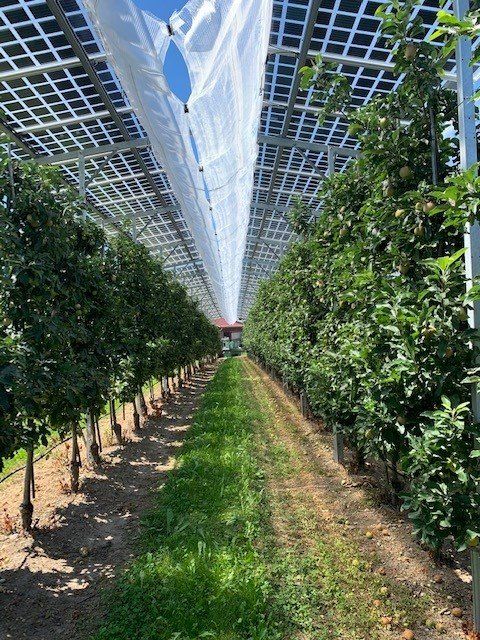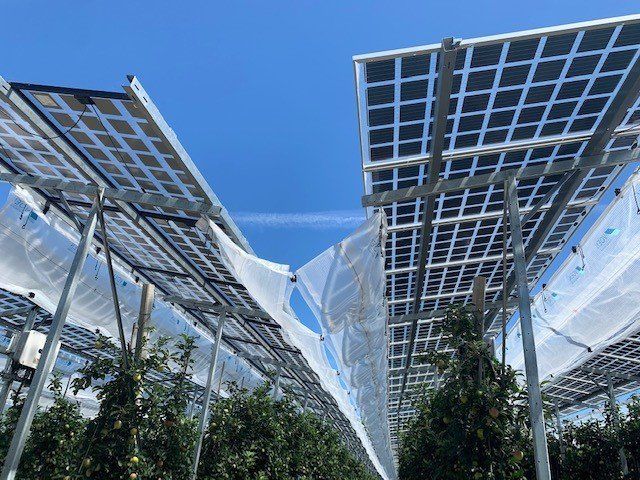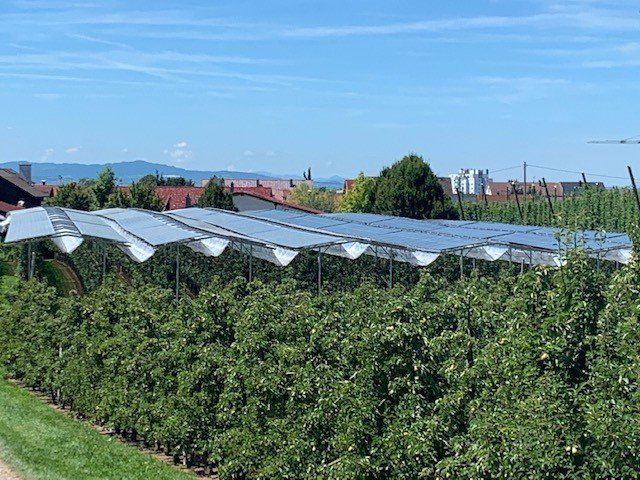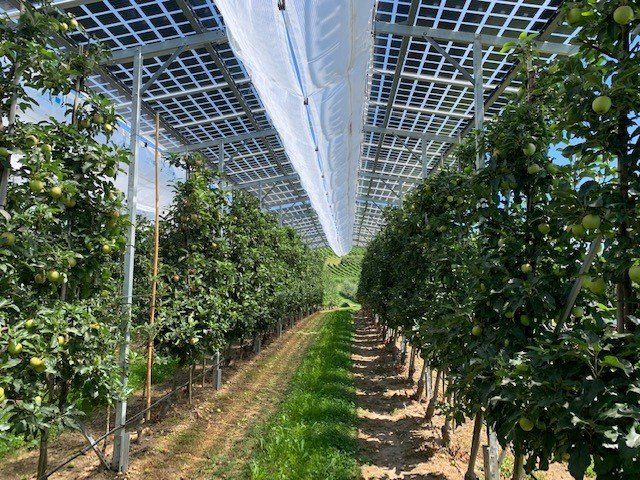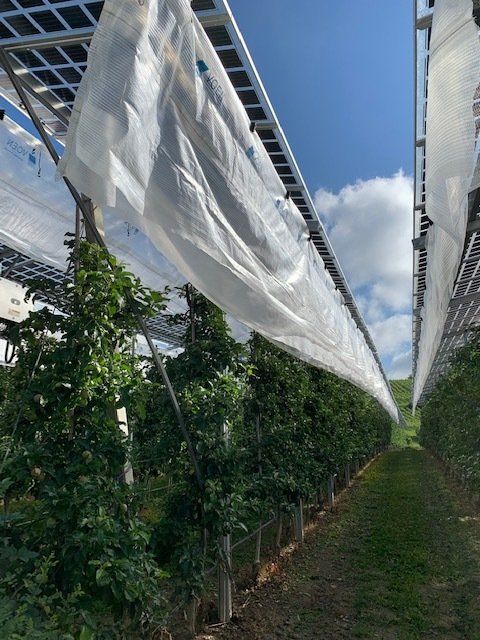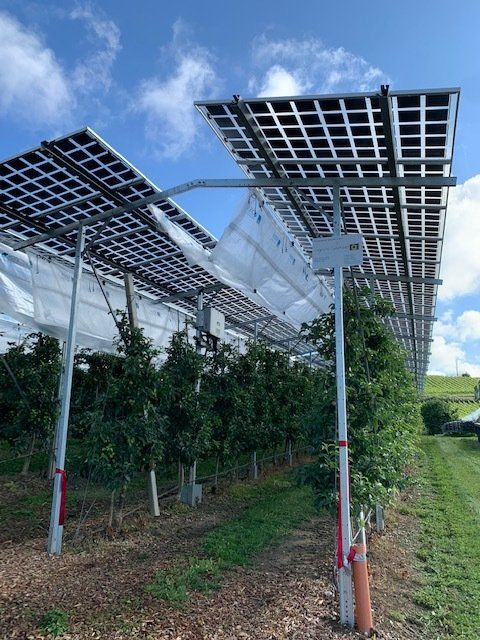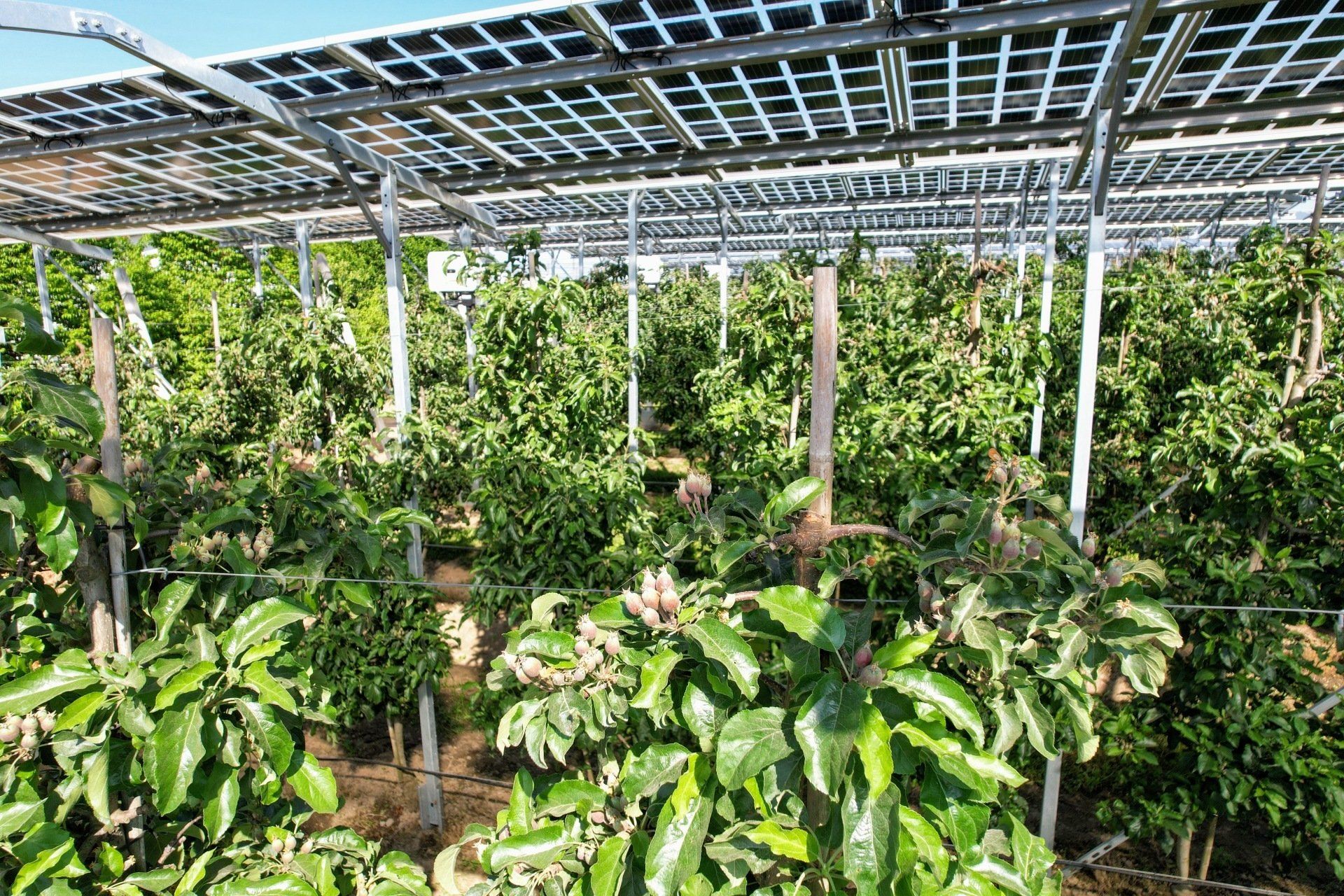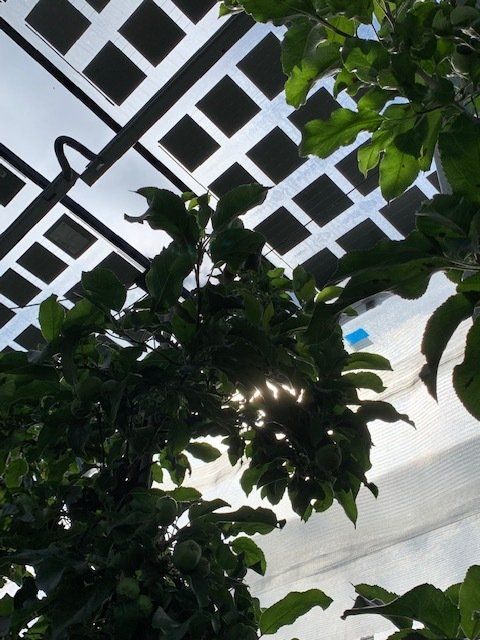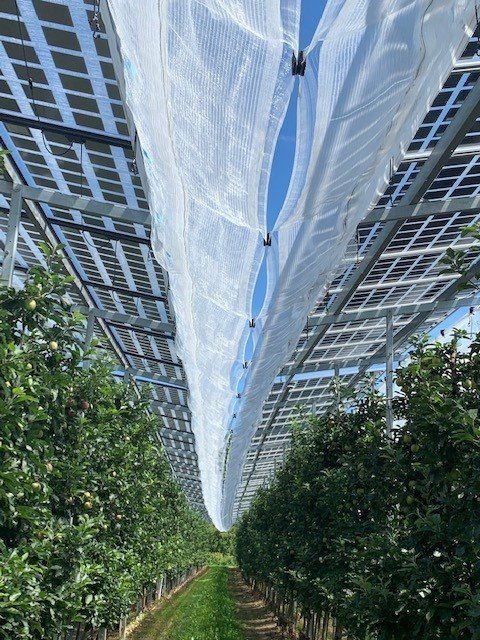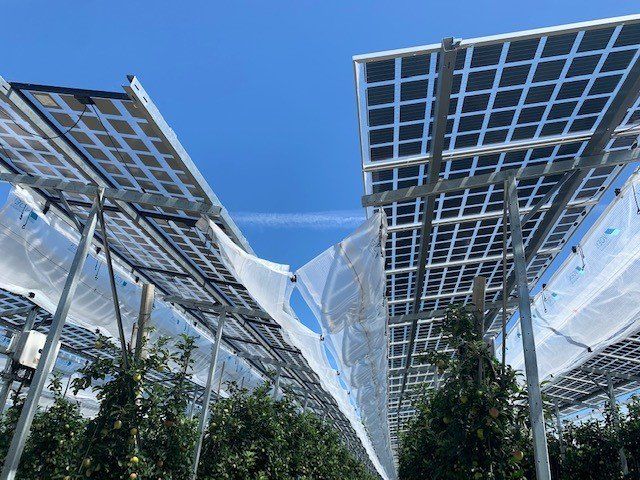Here you can find out everything you need to know about construction law
Special features of building law in the planning of agri-photovoltaic plants
What does § 35 BAUGB say?
- Agri-PV systems in the outdoor area under building planning law are permissible if > they serve an agricultural business and only take up a subordinate part of the business area (§ 35 Para. 1 No. 1) or > they serve a horticultural business § 35 Para. 1 No. 2 ):
- The PV use must therefore be assigned to the operation as a "moved-in" part of the business.
- The energy gained must be consumed during operation (subordinate to the privileged main use).
- It is important to design and justify the facilities appropriately to the permitting authority, which should focus on the protective function for the plants, soil and water balance
- First of all, this means that the municipality must create planning conditions for outdoor agri-PV systems that go beyond this subordinate scope of use.
Legal framework (construction law)
- Agri-PV systems, like classic open-space PV systems, are not privileged in terms of building planning law.
- They may therefore not be erected without further ado in unplanned outdoor areas (§ 35 BauGB).
- A land use plan from the local community may be necessary (land use plan, development plan).
- Interested farmers and fruit growers should contact the community at an early stage.
Legal framework (nature conservation law)
- When choosing a location, any conflicts with nature conservation must be checked in advance.
- PV systems are generally prohibited in nature reserves or legally protected biotopes.
- The extent to which construction would be permissible in other protected areas (e.g. landscape protection areas, protected areas under the Fauna Flora Habitat Directive (FFH) and bird protection areas) must be examined on a case-by-case basis.
What possible interpretations are there?
- With a view to the climate crisis (including protection against hail, heavy rain, high solar radiation), the serving function i. s.d. § 35 Para. 1 No. 1 or No. 2 BauGB result.
- It is then important to design the systems accordingly, in which the focus is on the protective function for the plants, the soil and the water balance.
- It would therefore be irrelevant to what extent the electricity from the systems is used in the respective company.
Source: Fraunhofer ISE; Agri-Photovoltaics: Opportunity for Agriculture and the Energy Transition A Guide for Germany (as of April 2022)
What permits are required?
In a key issues paper published by the Departments of Economy and Climate Protection (BMWK), Environment (BMUV) and Agriculture (BMEL) in February 2022, it is stated that all photovoltaic systems on arable land should be permitted in principle in order to use the same area for agriculture and energy.
Precise regulations as to which permits are required for such systems are not yet available in detail. We would be happy to advise you on this and bring the experience we have already gained into your pilot project.
The installation of photovoltaic systems on arable land could be beneficial for agriculture, since the soil sealing is only low and the arable land could recover. The legal situation is still slightly complex.
The individual federal states could use state law to regulate whether permits are required for the installation of photovoltaic systems on agricultural land.
Permissions could be granted by the lower building authorities of the municipalities.
The lower building authorities check whether the installation of photovoltaic systems is environmentally friendly and could impose conditions if necessary.
Ask us for a free consultation:
Everything to do with construction law.
Do you need help?
Frequently asked questions about construction law









